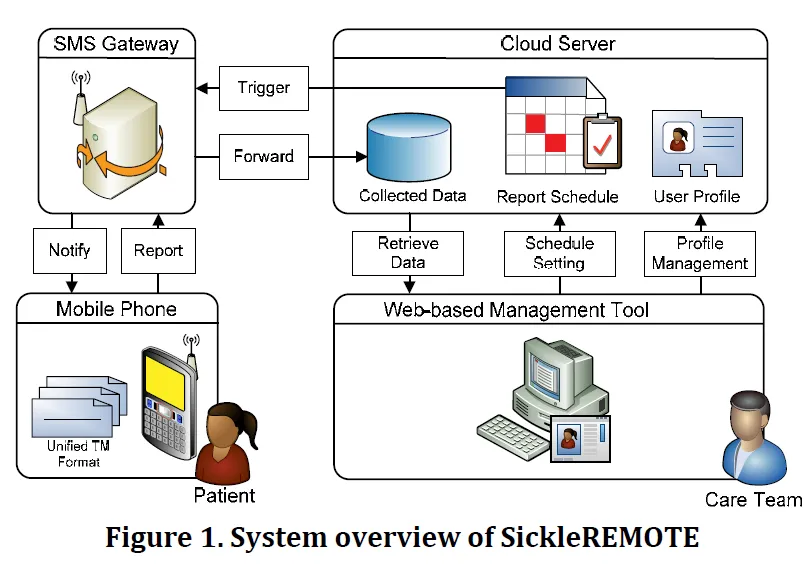
Sickle Cell Disease (SCD) is the most prevalent hereditary disease, particularly among African descendants. Even with the advancements in modern…
PI
Clark Brown & May Wang
Publications
Nair A, Freedle K, Cheng C, and Wang MD, “Asthma Academy: Developing Educational Technology to Improve Asthma Medication Adherence and Intervention Efficiency,” in Engineering in Medicine and Biology Society (EMBC), 2017 Annual International Conference of the IEEE, 2017.
Research Area

